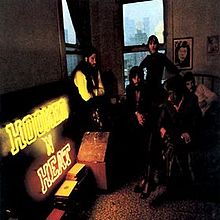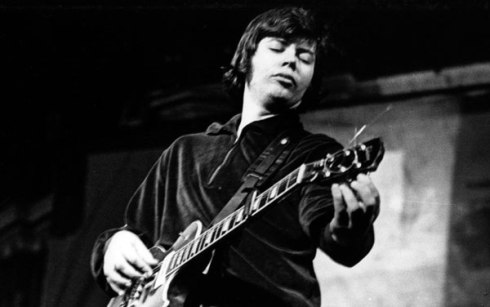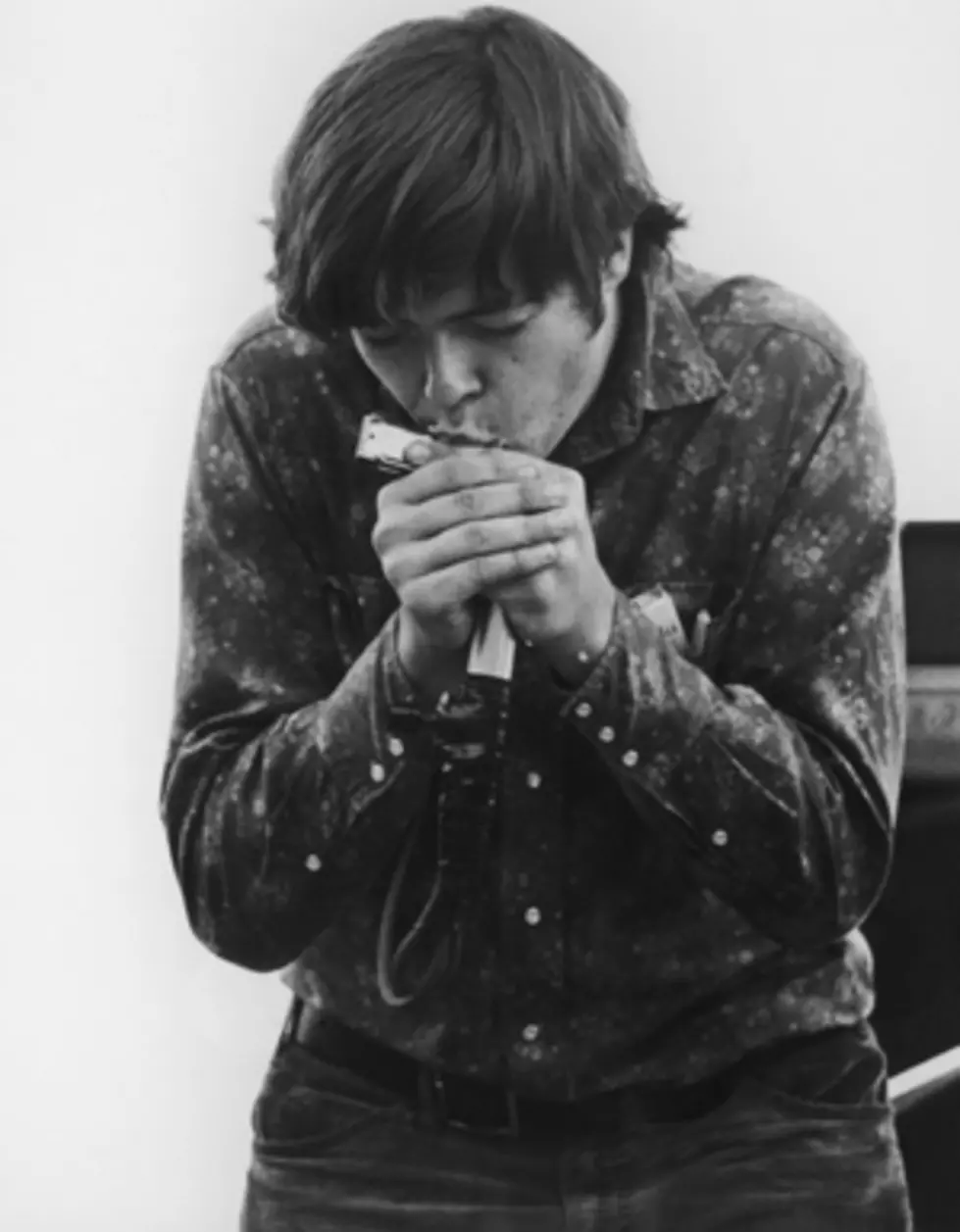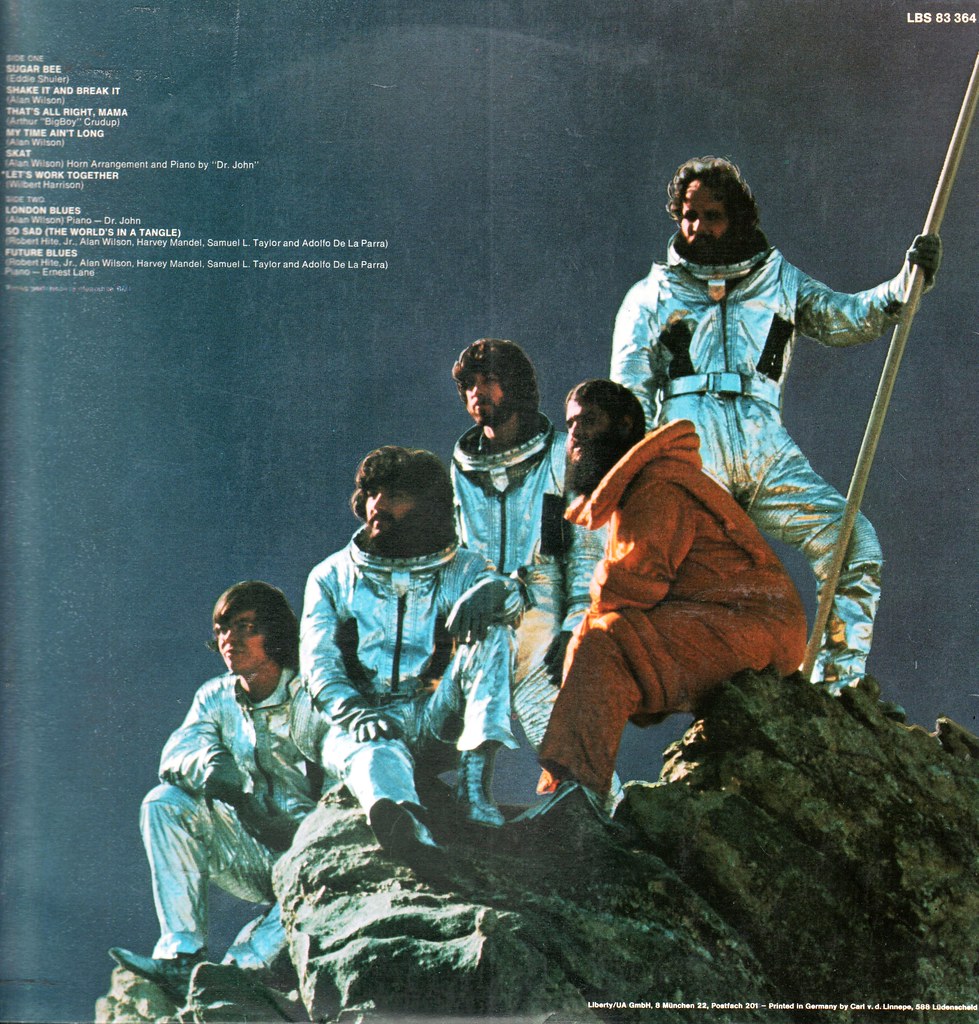1/15/71: John Lee Hooker & Canned Heat – Hooker ‘n Heat
The past thirty or so years have brought us so many collaboration albums, they’ve almost become passé. Some have been quite commercially successful, while others seem rather unnecessary. The first collaboration album I recall owning is John Lee Hooker’s 1989 album The Healer, which includes the likes of Bonnie Raitt, Carlos Santana, Charlie Musselwhite, and surviving members of Canned Heat, among others. I don’t remember what made me buy it – I’d probably heard the outstanding title track with Santana – but I certainly wasn’t familiar with Hooker’s music (I plead being a teenager at the time). Subsequently I heard some of his classic recordings and was able to understand why The Healer made sense. But that wasn’t Hooker’s first collaboration. Twenty years prior, he teamed up with the classic Canned Heat lineup for one of the great joint efforts in the blues.

Hooker ‘n Heat, released 50 years ago today, was the final Canned Heat recording to feature harmonica player, guitarist, and songwriter Alan “Blind Owl” Wilson, who died the previous September between the album’s recording in May 1970 and its unveiling. His photo hangs on the wall behind the band on the album jacket. Canned Heat vocalist Bob Hite is credited as a producer and is present with the band on the cover, though he did not sing on the album. All the songs but one were written or co-written by Hooker, who is also the only featured vocalist.
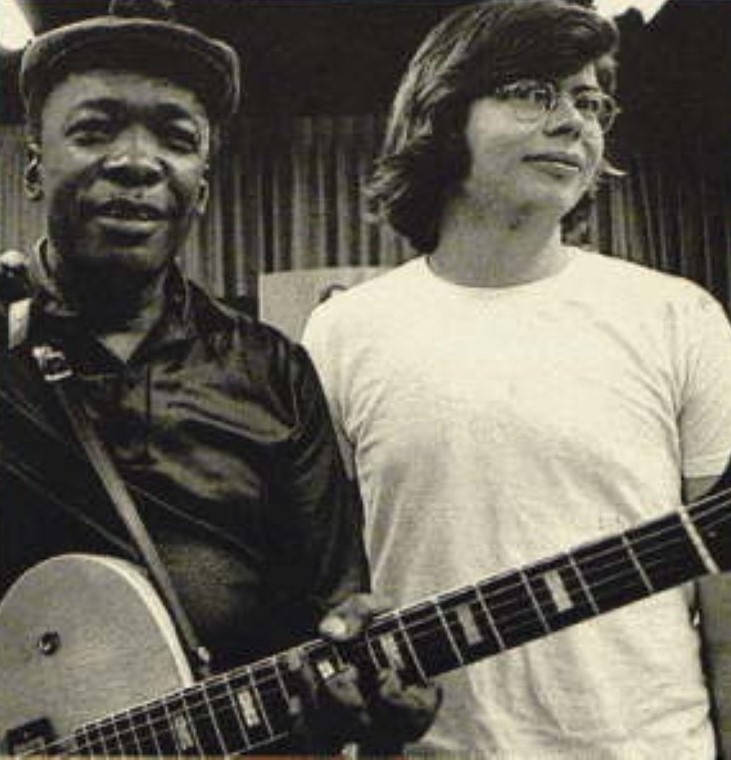
To me, Hooker ‘n Heat is a perfect combination of styles. It doesn’t sound forced, which is due in part to the length of the album. There’s plenty of room for all involved. The first six tracks feature Hooker and his guitar unaccompanied, and it’s vintage John Lee Hooker. The main difference to my ears is the sound itself. It’s much more powerful than his early recordings, which alone doesn’t necessarily make it better than his music from the late 1940’s up to the 1960’s, just different. It sounds like I’m in an empty barroom with him in 1970. This of course makes sense because that’s also how Canned Heat’s studio albums sound – live. The studio chatter between tracks adds to the intimate, in-the-moment feel.

Tracks seven through twelve are Hooker accompanied by Alan Wilson on various instruments. It’s fitting that this was Wilson’s final album considering his reverence for the original bluesmen. Along with American contemporaries such as Paul Butterfield and Mike Bloomfield, Wilson incorporated their influence into the music of the Woodstock Era just as Brian Jones, John Mayall and a well-documented number of other Brits did a few years earlier during the height of the British Invasion. The final five songs include all of Canned Heat (sans Hite), and the results are as loose as might be expected. Hooker ‘n Heat helped introduce JLH to a new audience as well as to begin to benefit financially from some of the great music he’d written but not been given songwriting credit for as a result of bad deals early on.
If it’s been a while or you’re unfamiliar with this album, grab a beverage of choice some Friday evening after work and crank it up.
Tracklist
Side One:
- Messin’ with the Hook
- The Feelin’ Is Gone
- Send Me Your Pillow
- Sittin’ Here Thinkin’
- Meet Me in the Bottom
Side Two:
- Alimonia Blues
- Drifter
- You Talk Too Much
- Burning Hell
- Bottle Up and Go
Side Three:
- The World Today
- I Got My Eyes on You
- Whiskey and Wimmen
- Just You and Me
Side Four:
- Let’s Make It
- Peavine
- Boogie Chillen No. 2
-Stephen
https://ultimateclassicrock.com/canned-heat-john-lee-hooker-hooker-n-heat/
https://www.allmusic.com/album/hooker-n-heat-infinite-boogie-mw0001957288
